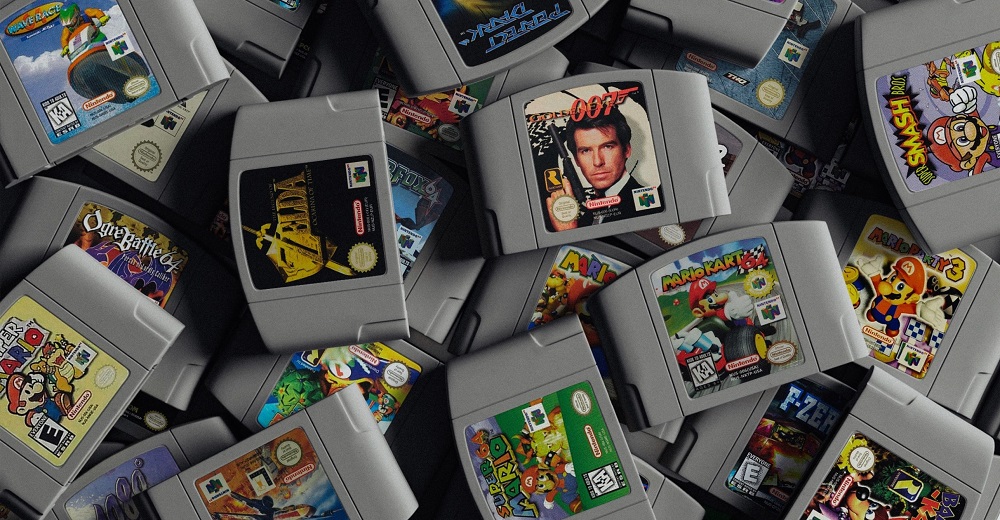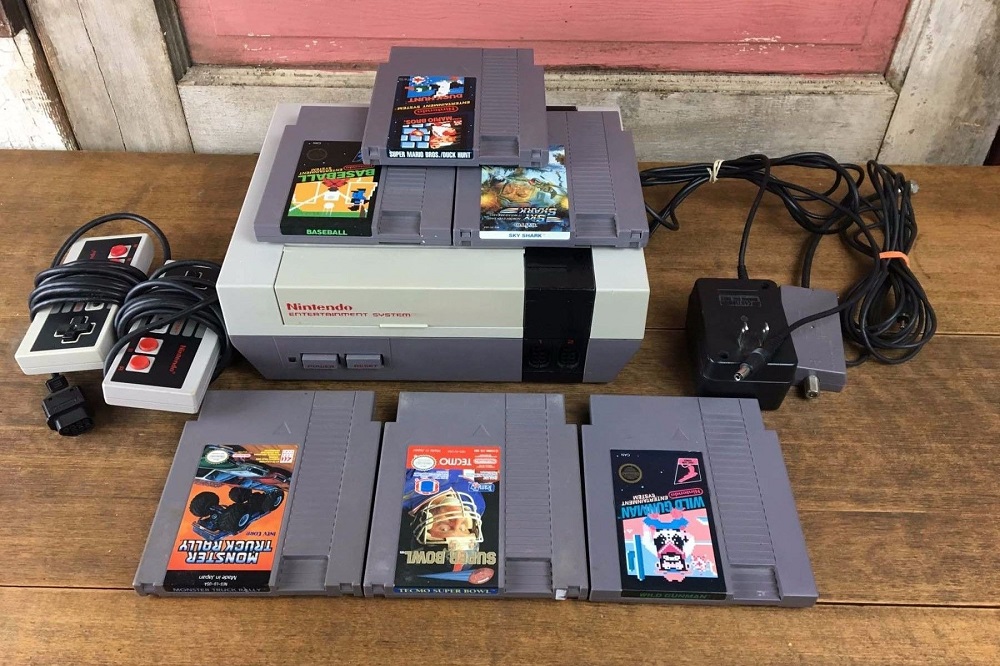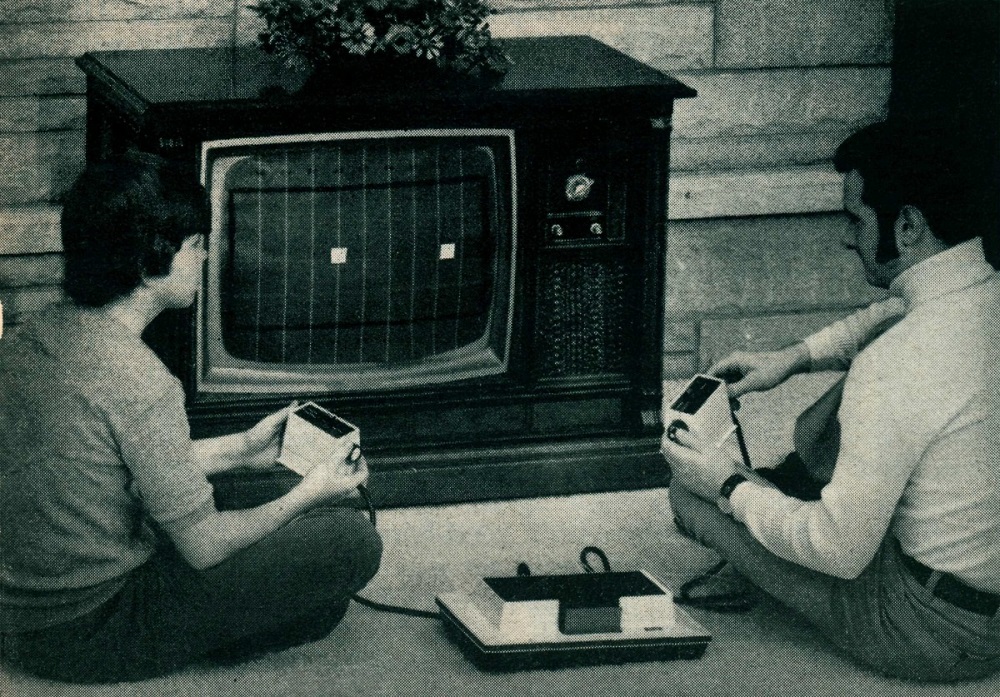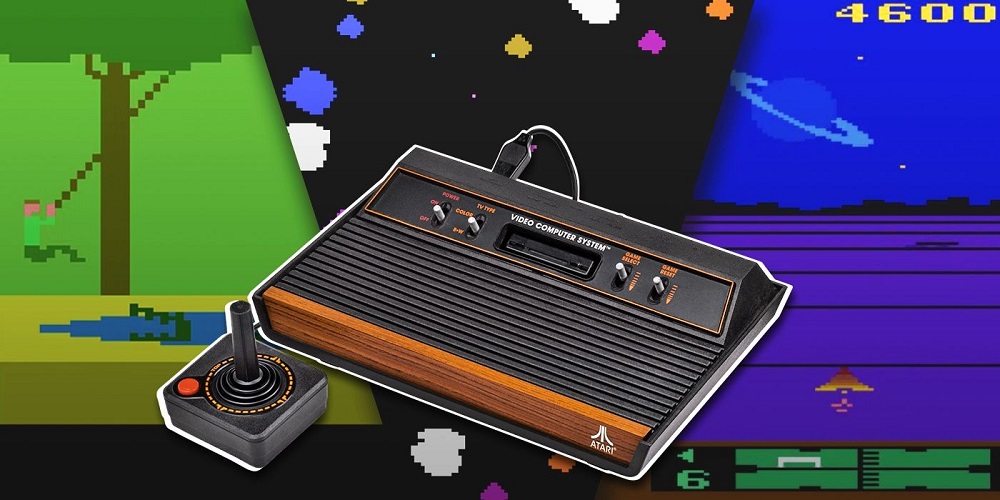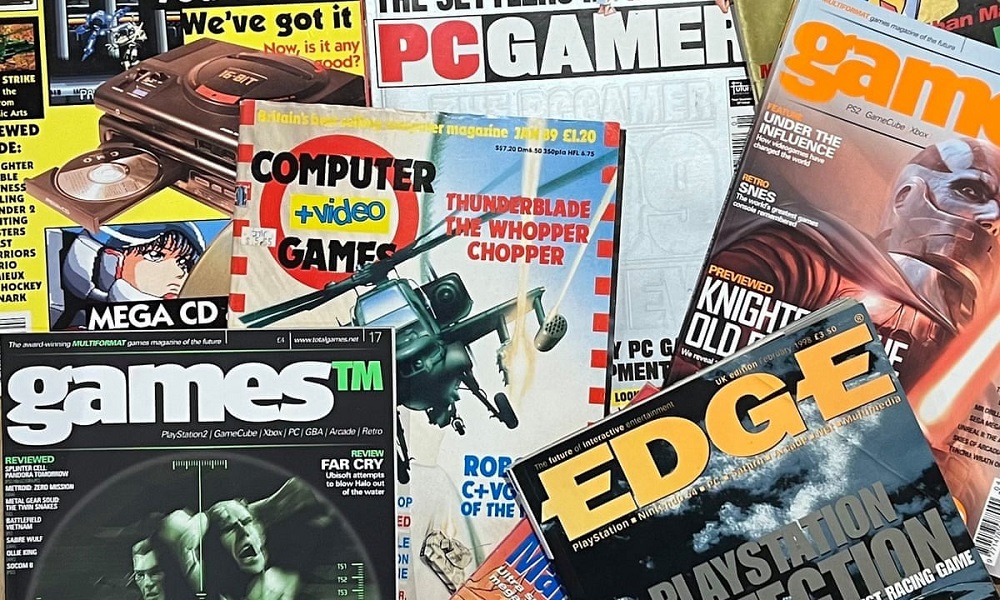In 1996, Nintendo released a console that would change the trajectory of home gaming forever. The Nintendo 64 (N64) wasn’t just another iteration—it was a revolution. From introducing 3D graphics to popularizing the analog stick, this system marked a critical turning point in gaming history. In this article, Oldies Nest dives deep into how the N64 reshaped the industry, delivered unforgettable classics, and ignited the race into the third dimension.
The Context: A Gaming Industry on the Brink of Change
By the mid-90s, the gaming world was ready for a leap forward. The 16-bit era had produced iconic consoles like the Super Nintendo Entertainment System (SNES) and the Sega Genesis, delivering pixel-perfect 2D classics. But a new frontier loomed—3D graphics.
Sony had just entered the scene with the PlayStation, a CD-based powerhouse gaining popularity rapidly. Nintendo, known for innovation, was working quietly on a machine that would introduce real-time 3D gameplay on a cartridge-based platform.
If you’re unfamiliar with the 16-bit console war that preceded the N64, check out our retrospective on Sega Genesis vs. SNES: The 16-Bit Console War Begins.
A Partnership with Silicon Graphics
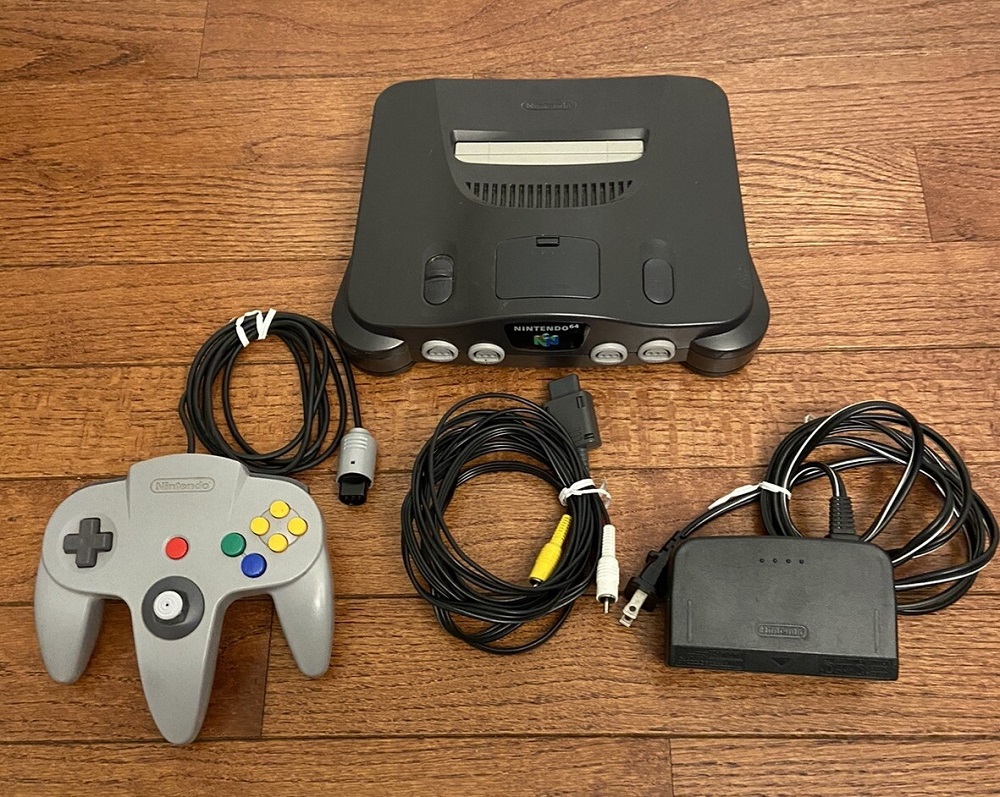
The N64 was born from a collaboration with Silicon Graphics (SGI), known for their Hollywood-grade visual computing. The goal? Bring the same power used in Jurassic Park’s CGI to a home console.
Originally codenamed Project Reality, the N64 was designed to push boundaries:
- 64-bit processor (a leap from the 16-bit and 32-bit competition)
- Hardware-accelerated 3D graphics
- Z-buffering, texture mapping, and anti-aliasing
Nintendo was no longer just competing with Sega—they were redefining the rules of the game.
Embracing Cartridges in a CD World
One of Nintendo’s most debated decisions was to stick with cartridges instead of the emerging CD-ROM format. While this resulted in faster load times and minimal piracy, it also:
- Limited game storage size (making full-motion video and audio more difficult)
- Alienated third-party developers (notably Square, which took Final Fantasy VII to PlayStation)
Despite criticism, Nintendo believed that cartridges better suited action-oriented gameplay, and they doubled down on quality over quantity.
The Controller: A Radical Redesign
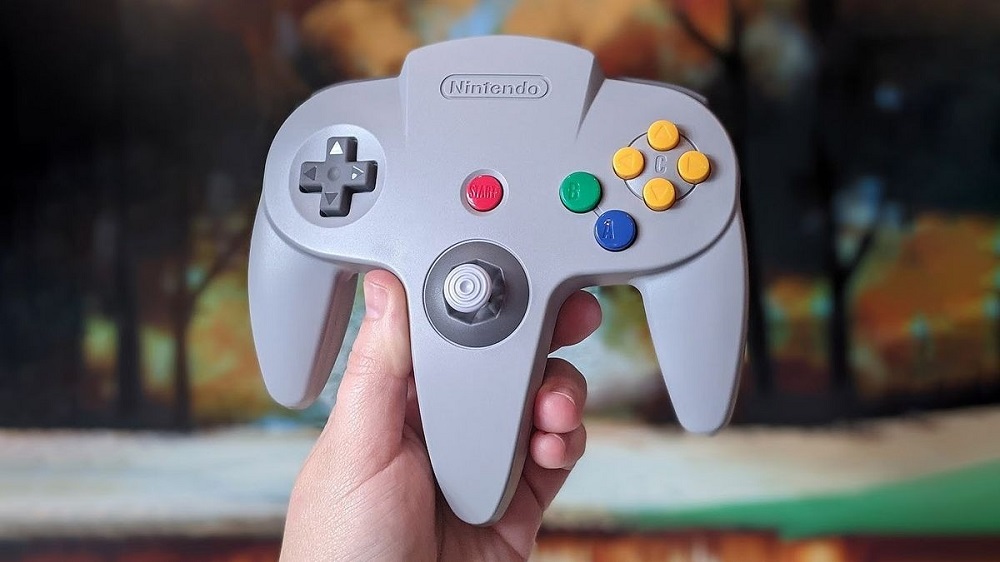
The N64 controller was unlike anything the gaming world had seen:
- Three-pronged shape with an analog stick
- A Z-trigger underneath the middle grip
- Expansion slot for rumble packs, memory cards, and more
While awkward at first glance, it proved revolutionary. The analog stick became essential for 3D movement, and the Z-trigger added a new layer of depth for shooting and first-person games.
This layout directly influenced controller designs for decades to come. Without it, we wouldn’t have the modern dual analog setups seen on every system today.
Super Mario 64: A New Language of Gameplay
No game better showcased the N64’s leap than Super Mario 64. It wasn’t just a tech demo—it rewrote the rulebook of video game design.
Key innovations:
- Fully 3D worlds with camera control
- Non-linear objectives with sandbox level design
- Context-sensitive movement based on analog stick tilt
It wasn’t just groundbreaking—it was joyous, intuitive, and unforgettable. Developers across the world studied it, setting the standard for future 3D platformers.
Curious about the system that came before the N64? Don’t miss our tribute to Super Nintendo Entertainment System.
Multiplayer Madness
One underrated advantage of the N64? Four controller ports built-in. This made it the go-to system for couch co-op and party gaming.
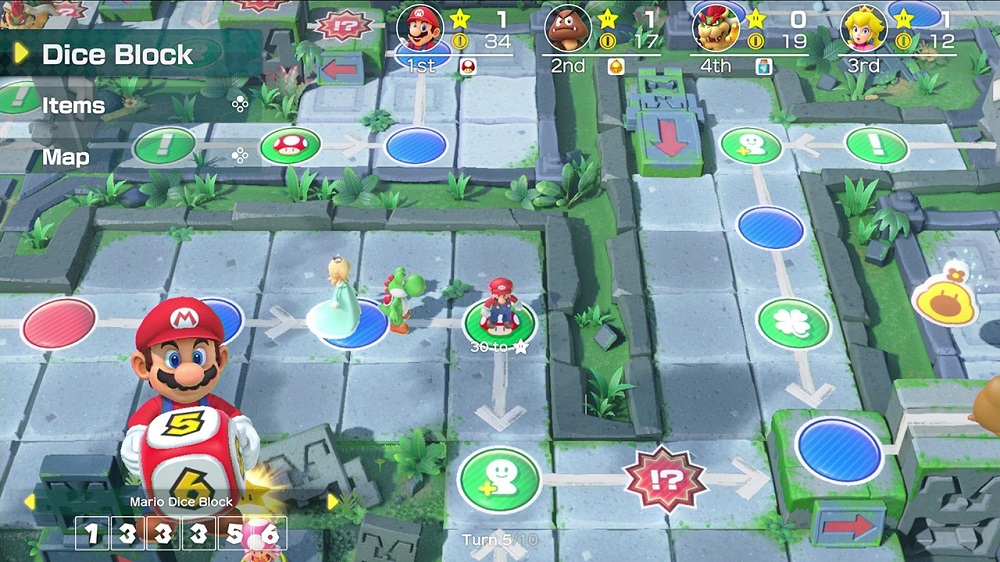
From GoldenEye’s split-screen deathmatches to Mario Party and Super Smash Bros., the N64 emphasized shared experiences—no multitaps required.
These multiplayer moments were core to its identity, especially at a time when online gaming wasn’t yet mainstream.
Legacy and Influence
Though the N64 ultimately sold fewer units than the PlayStation, its influence far outweighs its numbers:
- Set the bar for 3D game design and analog controls
- Introduced many enduring franchises and design philosophies
- Paved the way for experimental and expressive gameplay mechanics
Its DNA is visible in almost every 3D game that followed.
Want to see how the competition was evolving? Read our deep dive into The Power of PlayStation: Sony Enters the Game (1994)
Challenges and Criticisms
Of course, the N64 wasn’t perfect. Common criticisms included:
- Blurry textures and limited visual fidelity due to cartridge compression
- Few RPGs, as many major developers shifted to PlayStation
- High game prices compared to CD-based competitors
Yet these flaws couldn’t overshadow the sheer ambition and innovation the system delivered.
The End of an Era, The Start of a Legacy
The Nintendo 64 marked the end of Nintendo’s dominance in home consoles—at least in terms of market share. Yet, it sowed the seeds for everything that came next:
- Inspired the GameCube and later Wii design philosophy
- Trained an entire generation of developers in 3D space
- Delivered experiences still cherished—and re-released—decades later
And with emulators, retro consoles, and N64-themed Switch controllers, the N64 is finding new life among modern gamers.
Final Thoughts
We see the Nintendo 64 not just as a console, but as a creative leap. A risk-taker. A platform that taught the industry how to play in 3D. From Mario’s first jump into the third dimension to Zelda’s cinematic storytelling, it changed the very language of gaming.
Whether you grew up with one, discovered it later, or are only now learning its history, the N64 deserves its place among the most influential consoles of all time.
